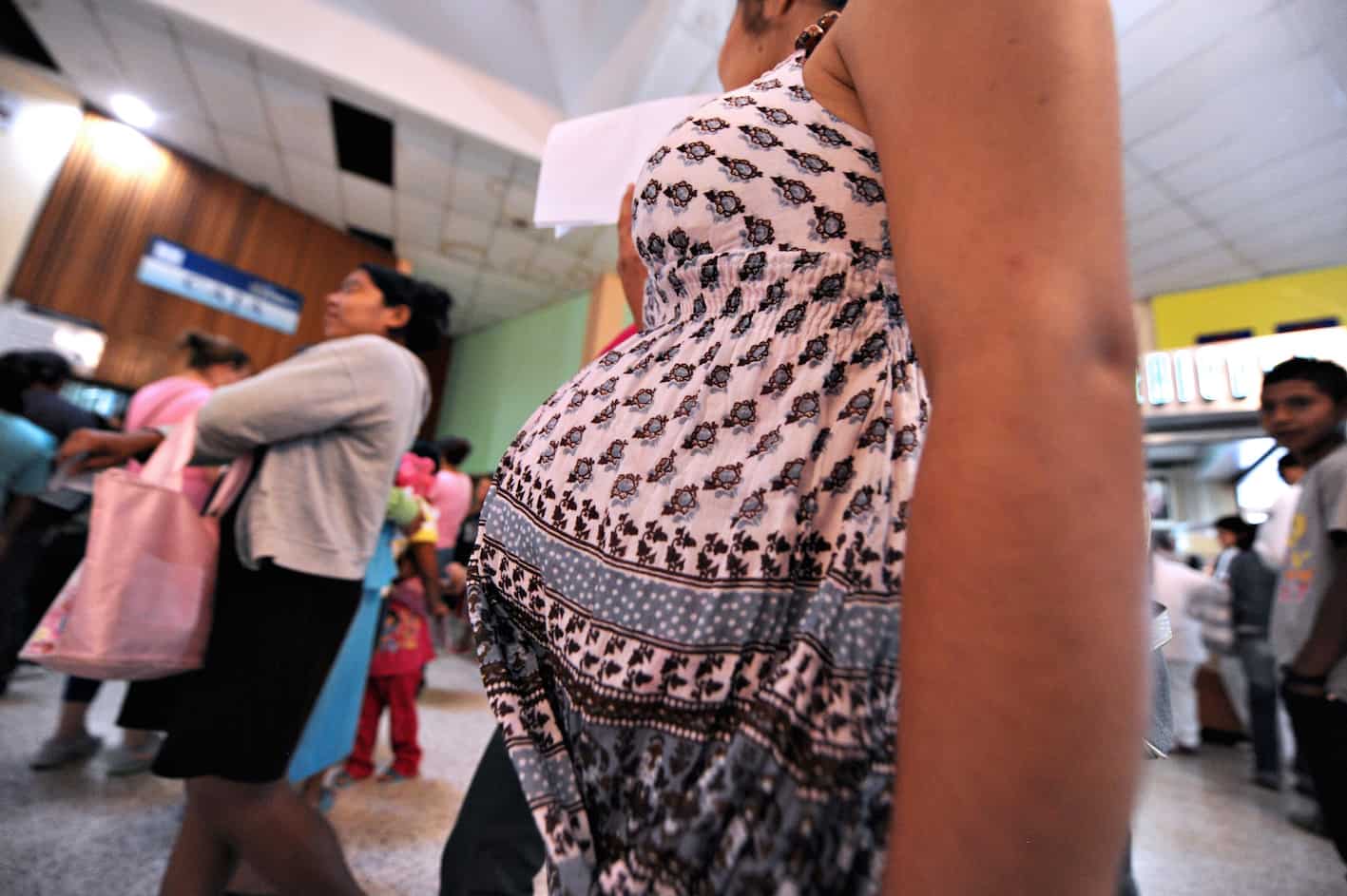Reducing teenage pregnancy is a major challenge for Latin America and the Caribbean, which has the second highest rate of early pregnancies in the world, according to the Pan-American Health Organization (PAHO), which urges countries to expand sex ed and access to contraception.
“National programs must abandon what doesn’t work and broaden or reinforce what does work with the purpose of effectively reaching the teenagers who live in vulnerable conditions,” the organization stated in a report released Wednesday. The PAHO is a regional office of the World Health Organization (WHO), and prepared the report for UNICEF and the United Nations Population Fund (UNFPA).
In the region, 15 percent of pregnancies each year occur in women under 20 years of age. The world rate of teenage pregnancies (mothers from 15-19) is estimated in 46 births per 1,000, in Latin America and the Caribbean the rate is 66.5 per 1,000, surpassed only by sub-Saharan Africa at 110.4 per 1,000.
Approximately 1,900 teenagers died in 2014 because of health problems during pregnancy, birth and the postpartum period, the report states: “The lower the maternal age,the lower the gestation age of the child, the lower the weight when born, the worse the child’s nutrition, and the lower the level of education the child will reach.”
The region’s highest teenage pregnancy rates are in Central America: Guatemala, Nicaragua, and Panama. In the Caribbean, Dominican Republic and Guyana have the highest rates; in South America, Bolivia and Venezuela.
The lowest teenage pregnancy rate in the entire region is in Guadalupe, the French overseas territory in the Caribbean. In Central and South America, Costa Rica and Chile register the best statistics, respectively.
Pregnancies in minors under 15 years of age are also a problem flagged in the report: Latin America and the Caribbean is the only region of the world where that trend is on the rise.
Parents padlock schools in Costa Rica to protest sex ed programs
Illiterate, poor, indigenous
While no one portrait can capture all teenage mothers in the region, the probability of conceiving a child before the age of 20 is three or four times higher among the illiterate or women with an elementary education only, women from the poorest homes and rural areas – even more if they are indigenous.
Many causes come together to keep the teenage pregnancy rate so high, even though it has declined over the past 15 years, according to experts.
The report states that these include the lack of information about sexual and reproductive health, restricted access to contraceptive methods, the persistence of sexual violence and child marriage, parents or religious authorities’ reluctance to recognize the beginning of sexual activity in young women, and great inequalities in gender, wealth and education levels.
“Reducing poverty and increasing access to education and development opportunities would undoubtedly be an important step on the path to reduce unplanned pregnancies in teenagers, but it wouldn’t be enough,” Sonja Caffe, a PAHO expert on the topic, told AFP. “It’s also necessary to give teenagers access to effective, high-quality information, and sexual and reproductive health services.”
Best practices in India, the United States and Colombia
Caffe said that it’s necessary to knock down taboos regarding sex education.
“There are examples of successful programs in very religious communities in India and Bangladesh, where interventions to reduce child marriage and to increase the access to sex ed and contraceptives for girls were implemented,” she explained.
But the solution could be even closer at hand.
The study underlines that the United States and Canada have rates below the world average, with a sustained decline in the last decade. The United States, in particular, registered a record decrease across all the ethnic groups, with an 8 percent drop between 2014 and 2015 to reach a historic low of 22.3 births per 1,000.
“That was due to a specific effort to get to the vulnerable girls with contraceptives, accompanied with sex ed and counseling,” explained Caffe.
The report also highlights Colombia’s experience, where the government implemented 800 “friendly doctors’ offices” for young people.
Each year around the world, there are approximately 16 million pregnant teenagers from 15 to 19 years of age, and two million under 15 years of age.
According to the report, meeting the need for contraceptive access for teenagers would avoid 2.1 million unplanned births, 3.2 million abortions and 5,600 maternal deaths each year.






